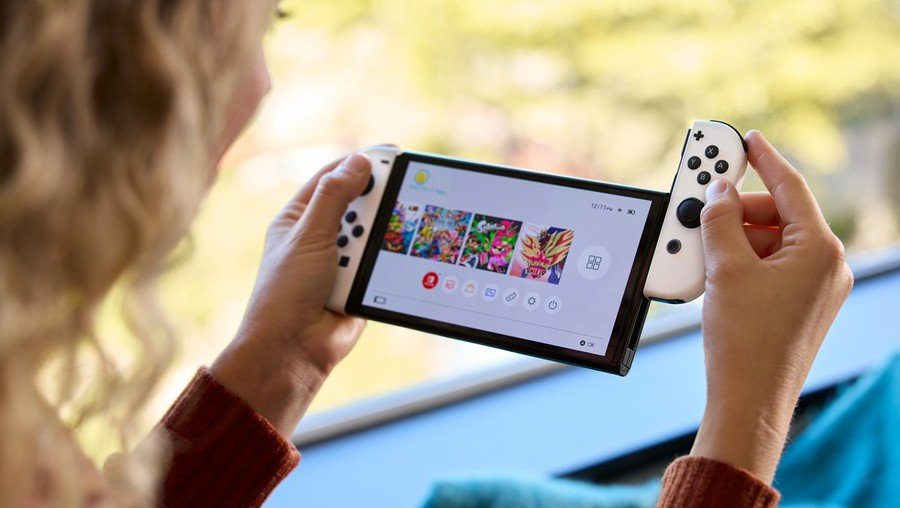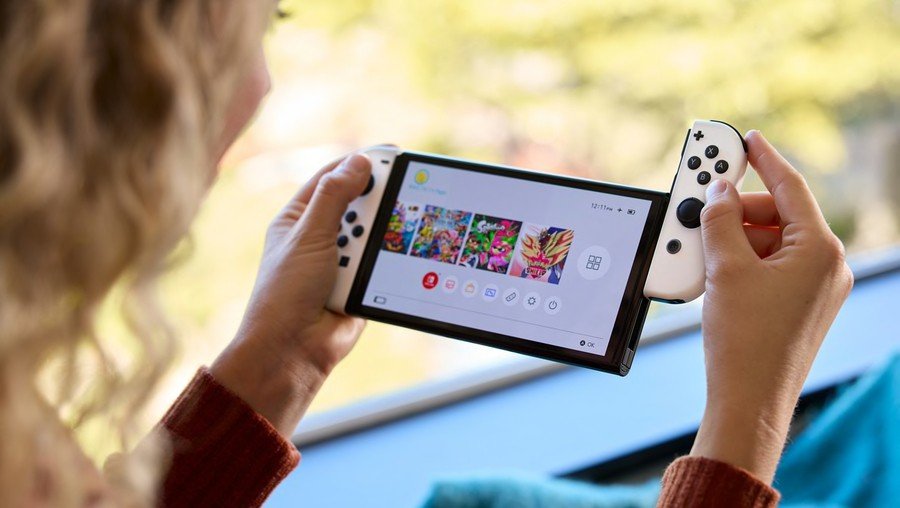

The upcoming Nintendo Switch OLED, a revised version of Nintendo's hybrid system with an upgraded screen and other minor adjustments, will be a particularly interesting hardware launch for companies across the industry.
As has already been well documented, the Switch OLED will retail at a price point $50 USD higher than the original model, despite the fact that it fails to offer any true performance improvements over that machine. A report has recently suggested that the new OLED model only costs Nintendo around $10 more to produce per unit, however, meaning that the company looks set to gain an extra $40 gross per sale should the console be a success.
Historically, when a games console has been on the market for four to five years like the Switch, we're used to seeing price cuts or significantly improved hardware revisions to keep the sales rolling. The OLED will of course break this trend, instead upping the price; presumably, Nintendo believes the Switch's impressive momentum will remain high for a good while yet, perhaps even rising rather than declining.
Either way, the rest of the industry will be watching. According to a report in The Japan Times (membership required), Ace Research Institute analyst Hideki Yasuda has said that if this move from Nintendo is successful, it "could set a precedent for charging more across the industry." The same report also notes that PlayStation is "closely monitoring" the market response to Nintendo's strategy, according to a PlayStation official who wished to remain anonymous.
It's hard to say just how well the Switch OLED will perform at this stage – fan and analyst reaction has been mixed so far, and Nintendo's shares are down "roughly 5%" since the console's reveal – but if the sales keep coming, why wouldn't Nintendo choose to make more profit? And perhaps more worryingly, why wouldn't other gaming giants opt to follow suit in the future?
[source japantimes.co.jp]



